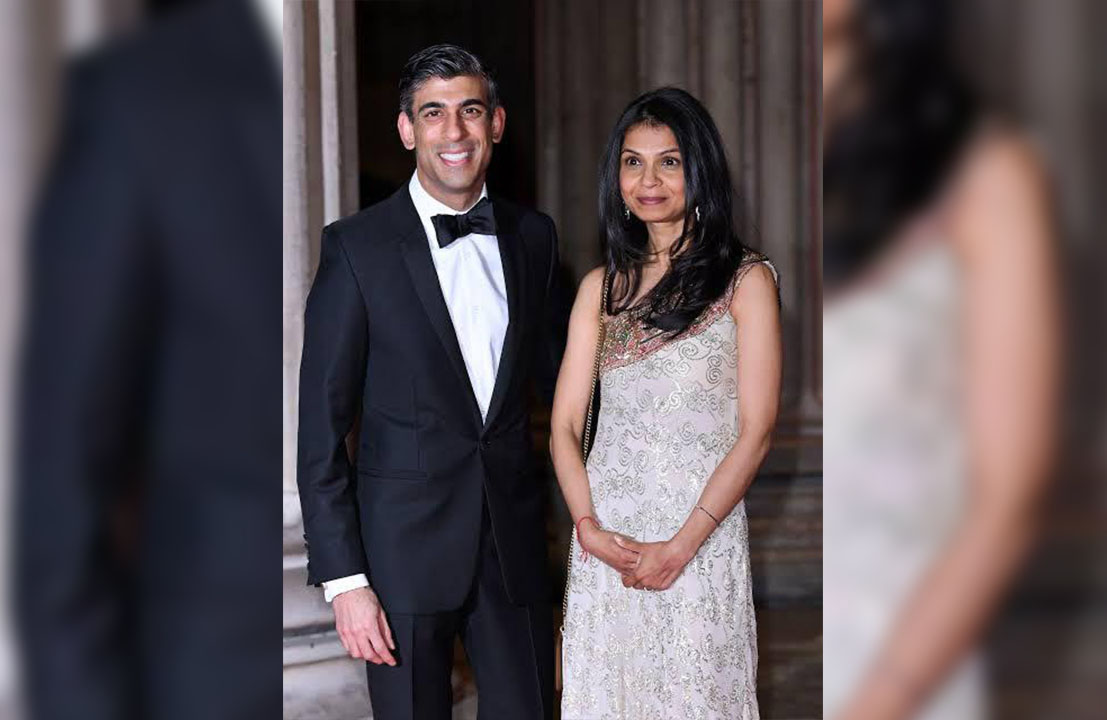
Karigars, nurtured by Chandni Chowk’s landlords, create a robust, mid segment market of designs which can give the fashion couturiers a legal, logical run for their money and creativity, writes Anshu Khanna

April, I989. A complete brood of ladies trudges together to Chandni Chowk to shop for my wedding ensemble. A lehenga of course. We are the first generation of brides to give the wedding sari a slip and wear a ‘full blown’ lehenga in various shades of red. I am, though, hell bent to change the trend and try fuchsia pink. And trust me that is bold.
Unstitched, embroidered and embellished kallis make their way to the white floor, covered with gaddi, the masnat, in crisp cotton. Majestic paisleys in badlas, flowers in zardoz, kilm like motifs in gentle aari and the all-new inclusions of rhinestones and pearls that are changing the embroidery palette make way to our section. Tradition abounds and it’s all a heritage sacrosanct zone. I like a motif in one khakha, the embroidery of another, the textile of one silk and another’s colour… Presto emerges a masterji who sketches the cut, selects the motif, gets the shade approved and notes it all down in a farman like paper! Rates are haggled over a few chaat papdi platters served on plates made out of leaves and half hour later, the ladies leave for their homes, in time to catch a customary cuppa tea with the hubby at six, sharp!
Plagiarism Row: Rohit Bal shames copycat designer, industry calls for a social media campaign
Simpler times they were. Plagiarism was a word no one knew. In fact, no one even deciphered who a couturier was. Or what the hell he does!
Cut to 2016. My daughter gets set to marry. I insist that Chandni Chowk it must be. I am told of two shops. No, I won’t name them but everyone knows. The first shop has a legacy. It still has the masterji, the gaddas and the chaat. And the unstitched kallis! But when the lehengas emerge, you know the unspoken word. Here comes a Sabya, then a Tarun and then a Bal in velvet! No the man is elegant enough not to mention names but he keeps saying in Punjabi that, “Who will know the difference!” I would… clearly! I can feel the pucker in the hem, sense the thread in tasteless colour added unnecessarily to the embroidery. And the crystal overdose! In my mind, I can recall many marriages where the girl wore a Sabya. And I now know where it came from.
Shop number two is a jerk to the senses. It has garish glass, a forced ramp in wood, flanked with lotus cut jaalis. Total OTT. Rows of men are standing on stools, live mannequins all wearing lehengas (stools ensure height). I am greeted by a young lad who asks, “Want to see a Rohit Bal?” And, by the way Rohit’s latest finale is playing on the screen. The room is full of brides: clad in all designer rip-offs ~ Anita Dongre here, Sabya there, a Tarun, a Rohit, a Shantanu-Nikhil. I insist on seeing an original and am stumped at the sheer simplicity of a gota patti lehenga on Benarasi that is shown to me. Badly stitched but innovatively embroidered. I love the carrot pink shade too. A bit dhoop chaoon. “You are the only one to have liked it. Or even asked for an original,” I am told.
DON’T MISS: Delhi’s crème de la crème attends Born of Web’s first bash!
And this is the root cause of rampant copies today: Obsession with brands. A need to only wear a branded lehenga at your wedding, even if it is a copy. Who will find out between a million flash bulbs, rows of imitation kundans and layers of very bright make-up. Every part of the girl’s head, face, neck and hands is bejeweled.
Subtle graces, the art of understatement, the urge to be an individual and not a sheep in a herd ~ these are now seeming dreams. Karigars are at the root of this menace. I still recall in the 90s sitting with a designer friend who was viewing the works of an embroiderer. Those days, designers would outsource work. He blatantly told her: An original khakha will be of Rs 8000 and a copy would cost Rs 2000. Even today it is this breed who takes the back door route to smuggle out a design, sometimes, even before it hits the runway.
(Don’t Miss) Nayanika Chatterjee: Dark is not ugly
A plagiarist is no different from a weak student with a sharp survival instinct copying a bright neighbour’s paper in the examination hall. The sad part is that the same weak student, who in this case is the karigar, has even crafted the original. He is a master and if nurtured by ‘Copycat’ Chowk’s landlords, can create a robust, mid segment market of design which can give the couturiers a legal, logical run for their money and creativity.
But before that, will the copycat aunty wear a non-branded, but a spectacular original piece?
(This blog is the first installment of a series by Anshu Khanna against plagiarism. Next in the series: Deciphering the mind of the fake brigade)
(Anshu Khanna is a fashion commentator, publicist and the founder of Royal Fables, a platform that promotes art and design created in palaces of India. She has written on and promoted lifestyle couturiers and luxury brands for over two decades. She is also the founder and managing director of Goodword Media Services, a well-known Delhi-based PR agency.)
Let’s Connect!
Facebook: https://www.facebook.com/bornofwebIndia/
Instagram: https://instagram.com/born_of_web/
Twitter: https://twitter.com/BornOfWeb
Google Plus: https://plus.google.com/u/1/+BornofWeb
Pinterest: https://www.pinterest.com/bornofweb/









